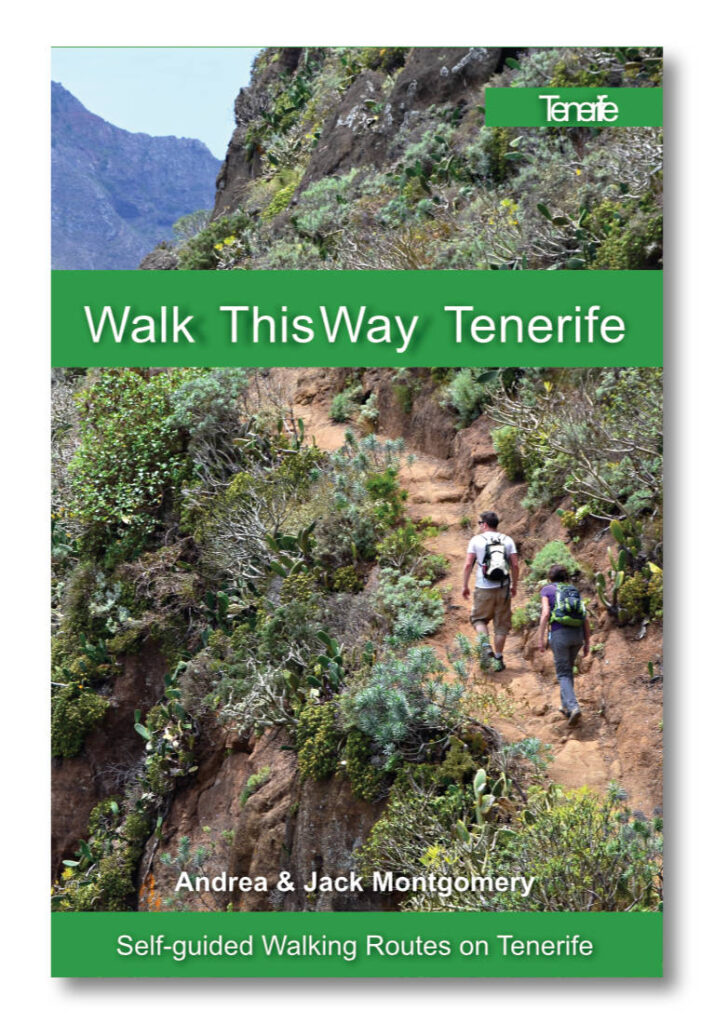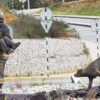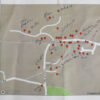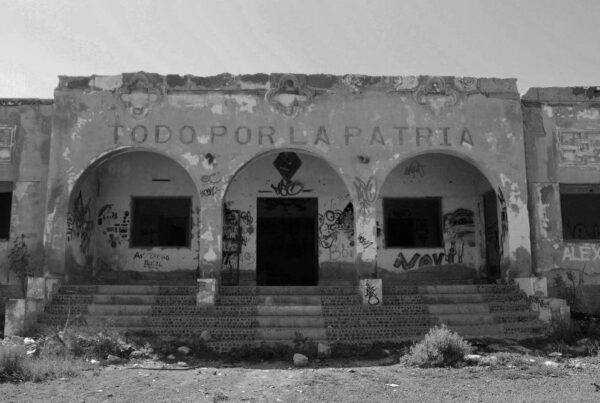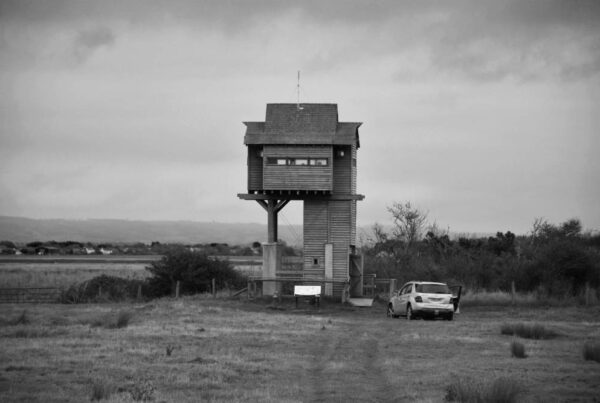Despite writing about travel for the last two decades, I skim over most travel articles. The reason is many of them read like little more than advertorials presented in a palatable travel writing wrapper. Many, but not all. Because there are different types of travel writing.
Look to the past
Three travel memoirs I read over the last couple of years illustrate how much some aspects of travel writing has changed, but also how little travel writing of the sort I enjoy reading hasn’t.
The books were: In Search of Ireland by H.V. Morton (1930); Tenerife and its Six Satellites by Olivia Stone (1887); Between the Woods and the Water by Patrick Leigh Fermor (1986). The focus of the first two are obvious, whereas the third charts the author’s journey from Hungary to the Iron Gate – between Romania and what was Yugoslavia at the time. Between the Woods and the Water is the odd one out of the trio. For a start, although it was published in 1986, the author’s journey took place in 1933/34. Secondly, some of the countries and landscapes mentioned within have changed beyond recognition since the 1930s. And thirdly, it mostly isn’t particularly insightful about the countries the author visits. For much of the book, Fermor hangs out with his posh mates in their mansions and castles doing not a lot except partying and generally having a good time. Great for him, dull for any reader expecting to find out about what ‘real’ life was like in the countries Fermor passes through.
Back then, travel writing was generally only an option for those who were very well-off, hence the elevated social status of many characters referenced in Between the Woods and the Water. Patrick Leigh Fermor is regularly referred to as Britain’s greatest travel writer. Yet, based on what I read in this book, I’d question why.
The past is now
Olivia Stone and H.V. Morton also hailed from privileged backgrounds, but their books are completely different. Not only do they give a fascinating insight into life in both Tenerife and Ireland at the time of their travels, many of their observations remain relevant today. Hotels and restaurants may change, and towns, cities, and villages expand (or not in some instances). But the fundamentals of a place – its people, traditions, history, what makes it tick – doesn’t. Good travel writing, both in the past and present, taps into this. In Search of Ireland and Tenerife and its Six Satellites are prime examples of what I consider the best type of travel writing.

Some things, like traditions, rarely change, which is unfortunate for these goats at the harbour in Puerto de la Cruz.
The present
The nature of travel writing means that, unless a writer is very well-off, their explorations generally have to be funded by someone else. If this wasn’t the case, only the rich, like Fermor and his cronies, could afford to do it. That ‘someone else’ could be PR companies representing a destination; tourist boards; travel companies, and so on. Which means that even if individual writers have their own agenda, these third parties generally have an input into what visiting writers see, do, experience, and eat. Writers can kick back against this. On one occasion, a representative of a tourist board told Andy, ‘I say what people write about,’ to which Andy, backed by her editor, told the rep, ‘We won’t bother including your destination then.’ The rep climbed down, and Andy was mostly able to include only what she wanted … mostly. There has to be some compromise. I’m biased, but it was a far better article because Andy stuck to her guns rather than including just what the person representing the tourist board wanted.
I can spot travel articles which fall into the ‘arranged by a third party’ category within the first paragraph – there tends to be a standard blueprint to the layout. These are the ones I usually skim over. That’s not to say they aren’t well written or don’t have value if all any reader wants from a travel article is an idea of potentially nice places to visit and some food and restaurant recommendations. Lists compiled from desk research perform a similar role.
However, I can find this sort of information from my own research, often directly from official tourist board websites, so there’s no need to read travel articles such as these, especially as, due to how they’re funded, I’m unlikely to find particularly forthright opinions within the text.

And occasionally when you arrange it yourself. To be fair, it was a simple abode in the Atlas Mountains and I slept like a log.
Over a decade ago, the CEO of a mainstream tourism holiday company commented to us that he didn’t think enough travel writers wrote about the sort of holidays most people were likely to take. He had a point … back then. I think the balance has shifted. There’s now more holiday type travel articles and fewer old-school, insightful ones. Maybe this meets demand, but the former is not what I want to read.
Both Andy and I write for people whose travel preferences are similar to ours. Simple as that. Likewise, the travel articles I enjoy reading most reflect a similar travel philosophy. They convey a sense of the author experiencing travel as any curious traveller might – a voyage of discovery which, as well as the highs, the good, and the exhilarating includes the lows, the bad, and the frustrating. And they don’t try to pass off a bowl of tasteless anaemic slop in a mediocre bar with glaringly bright lights and Formica tables as the ultimate in authentic gastronomic experiences.







